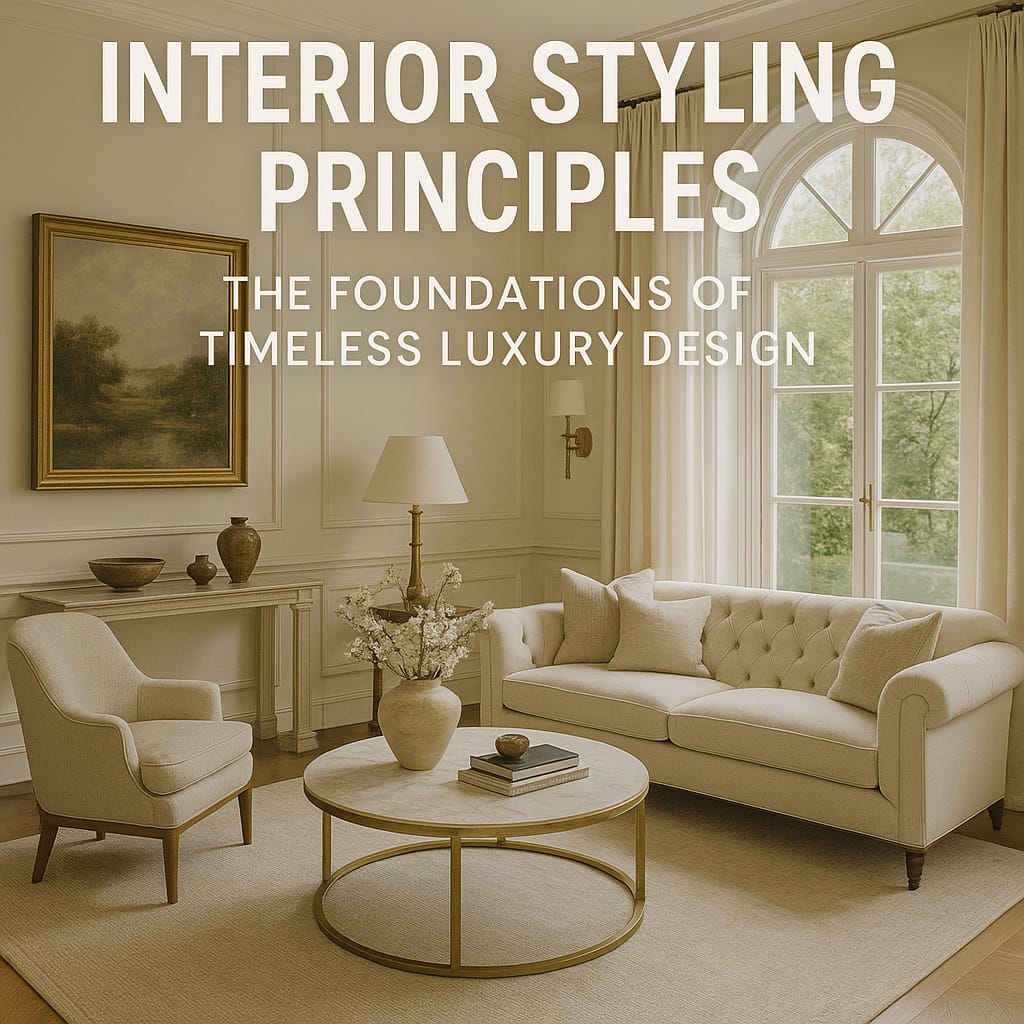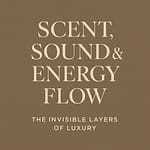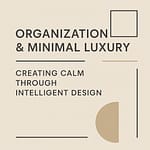This article may contain affiliate links. We may earn a commission if you make a purchase through them. Thanks for supporting the blog! Informational only – not interior design advice.

🎨 Why Interior Styling Principles Matter in Luxury Spaces
In the world of high-end design, luxury isn’t just about price tags or brand names—it’s about cohesion, restraint, and intention. Interior styling principles act as the invisible scaffolding behind the most breathtaking homes. Whether you’re designing a palatial estate or a sleek city loft, these principles guide every decision that creates emotional impact, flow, and harmony.
Mastering these foundational concepts helps homeowners and designers achieve timeless results that don’t chase trends but transcend them. Every great room begins with a set of rules—then breaks them with purpose.
⚖️ Balance: Visual Weight and Symmetry
Balance is the secret to a calm, elegant space. In luxury design, this doesn’t necessarily mean mirror-image symmetry. Instead, it’s about evenly distributing visual weight using color, scale, and material.

- Symmetrical balance: Often used in formal rooms, like grand parlors or entryways, where two identical chairs or chandeliers face each other across a space.
- Asymmetrical balance: A more relaxed, natural feel—like pairing a large sofa with a cluster of smaller side tables.
- Radial balance: Common in circular spaces or around a dramatic focal point like a chandelier or fireplace.
Balanced rooms feel composed and intentional, even when eclectic. When done right, the harmony is almost imperceptible—yet deeply felt.
🔌 Focal Points and Anchors
Every luxury room needs a place for the eye to rest—a focal point. Without one, the space feels chaotic or forgettable.

Examples:
- A grand marble fireplace
- A stunning art installation
- A sculptural chandelier
- A view framed by oversized windows
Surrounding furnishings and decor should support, not compete with, the anchor. It’s the design equivalent of a thesis statement—every other element should reinforce it.
To elevate the focal point, use layered lighting (spotlights, sconces), negative space, and complementary color palettes that let it shine without noise.
📍 Layering Texture and Material
Luxury interiors succeed because they engage all the senses. Texture—both visual and tactile—is key.

Successful combinations include:
- Polished metals (brass, chrome) + natural stone (travertine, onyx)
- Velvet or mohair upholstery + hardwood floors
- Linen curtains + boucle accent chairs
Layering adds warmth, contrast, and depth. In luxury design, flat or sterile is the enemy. Every surface should invite exploration. Vary matte and gloss, hard and soft, warm and cool.
Even minimalist spaces come alive with the right mix of textures. Think: handwoven rugs on smooth concrete or suede sofas under sculptural pendants.
💡 The Power of Negative Space
High-end design embraces what isn’t there. Negative space (aka white space) gives each element room to breathe.

- Resist the urge to fill every wall or corner.
- Let furniture float—don’t cram against walls.
- Highlight architectural features with minimal distraction.
This restraint signals confidence and clarity. It’s why luxury homes often feel calmer than over-furnished ones.
In the words of architect Mies van der Rohe, “Less is more.” Strategic emptiness is often what turns a well-designed room into a masterpiece.
🔷 Color Palettes: Understatement Over Shock
Bold colors exist in luxury design, but they are used sparingly and with purpose. More often, high-end homes embrace tonal harmony and layered neutrals.

Tips:
- Stick to 2–3 main hues and build in tonal variations
- Use muted, muddy colors over pure brights for sophistication
- Accent with rich finishes: gold leaf, black lacquer, smoked glass
Classic palettes like cream, stone, charcoal, and bronze never go out of style. Luxury color stories often mirror nature—sand, stormy sky, aged wood, soft clay.
The best palettes are felt before they’re seen. They soothe, elevate, and set the tone.
🌟 Rhythm, Repetition & Flow
Repetition brings rhythm and cohesion to a space. Whether it’s repeated lines in panel molding, arched doorways, or the reappearance of a material like brass or rattan—these details build a visual language.

Flow refers to how the eye travels from room to room. In luxury homes, there’s a deliberate pacing of drama, quiet, warmth, and coolness. Transitional moments matter.
A soft archway between rooms, for example, invites curiosity. A series of pendant lights at even intervals guides the gaze. Good rhythm is like music—it creates an emotional cadence.
🏛 Influences from Top Designers
Luxury interior principles vary by style, but the best designers bend them masterfully:
- Axel Vervoordt: Minimalism meets wabi-sabi, organic shapes, and antique materials
- Kelly Wearstler: Maximalist, fearless color use, dramatic scale
- Rose Uniacke: Monastic luxury, soft textures, neutral mastery
- Victoria Hagan: Classic East Coast refinement
- Jean-Louis Deniot: Parisian chic with masculine polish
Studying their rooms is like a masterclass in principle without rigidity. Each designer plays with light, proportion, and material in ways that feel deeply personal—and deeply luxurious.
🏡 Bringing Principles Into Your Home
Even if you’re not hiring a world-famous decorator, you can apply luxury styling principles in subtle ways:
- Create one strong focal point per room
- Use fewer, larger pieces instead of many small ones
- Match color temperatures (cool with cool, warm with warm)
- Invest in a statement light fixture or art piece
- Edit ruthlessly—quality over quantity
Luxury design is about intention. When each item has a purpose and a place, the result is elevated. Aim for curated rather than cluttered. Think storytelling over showroom.
A timeless space doesn’t scream—it whispers sophistication. That’s the hallmark of true luxury.
✨ Explore More in Home & Decor
- Signature Spaces
- Furniture & Materials That Last
- Lighting & Atmosphere
- Organization & Minimal Luxury
- Scent, Sound & Energy Flow
- Future Trends & Design Inspiration






